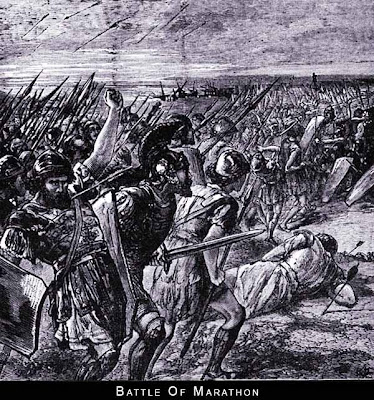Gaius Julius Caesar (100BC to 44BC) is one the most popular person in the world history. He was born in Subura, Rome. During 60 B.C Caesar came into politics to alliance with Pompey and Crassus, and then he ruled Roman politics for several years.
In 61BC to 60 BC he worked as a Spain Governor under Rome province. The next year he was appointed as a Governor of Gaul. Few parts of Gaul only rules by Romans and others were occupied by Gaul tribes. The tribes were gives more trouble to Romans. First time Caesar gathered his military and captured the tribe’s area. Then he captured the modern France and Belgium to extend Roman Empire. He is the first Roman who invades Britain through Rhine River.
Caesar’s victory in the war gave a big name in the Rome and the people. At that time Julius Caesar became most popular person in Rome Republic. In 49 BC Caesar became leader of the Rome Empire. Later his attitudes changed and he declared himself as a dictator for a life. Central power of Rome can’t digest his moves and his dictatorship in Rome Empire. They planned to murder Julius Caesar and assassinate him in 44BC.
Julius Caesar “Dictator of the Roman Republic”.
In 61BC to 60 BC he worked as a Spain Governor under Rome province. The next year he was appointed as a Governor of Gaul. Few parts of Gaul only rules by Romans and others were occupied by Gaul tribes. The tribes were gives more trouble to Romans. First time Caesar gathered his military and captured the tribe’s area. Then he captured the modern France and Belgium to extend Roman Empire. He is the first Roman who invades Britain through Rhine River.
Caesar’s victory in the war gave a big name in the Rome and the people. At that time Julius Caesar became most popular person in Rome Republic. In 49 BC Caesar became leader of the Rome Empire. Later his attitudes changed and he declared himself as a dictator for a life. Central power of Rome can’t digest his moves and his dictatorship in Rome Empire. They planned to murder Julius Caesar and assassinate him in 44BC.
Julius Caesar “Dictator of the Roman Republic”.






























